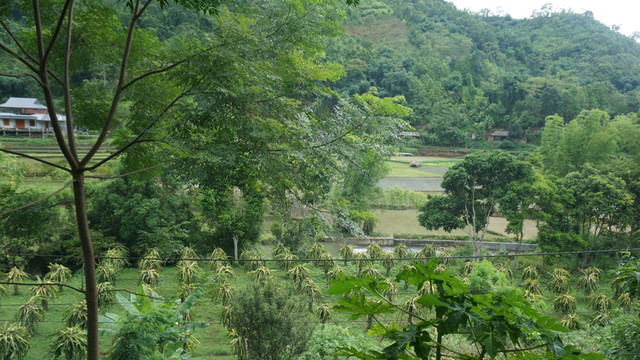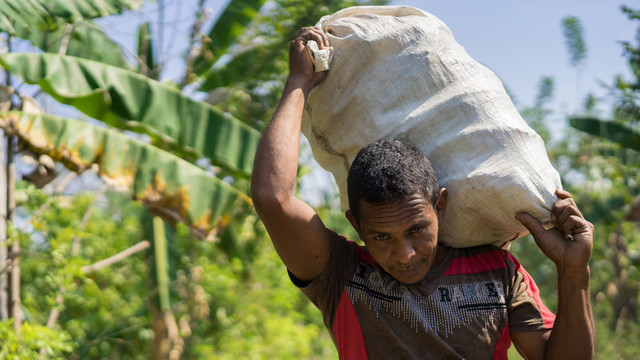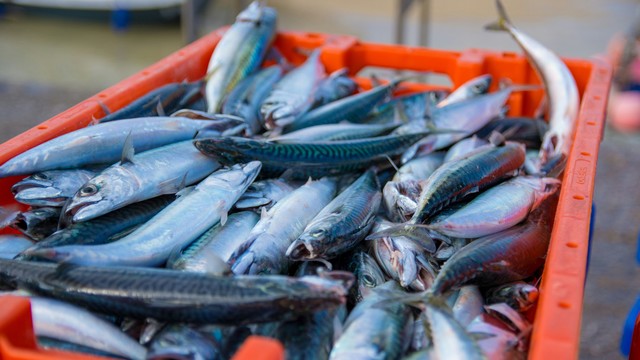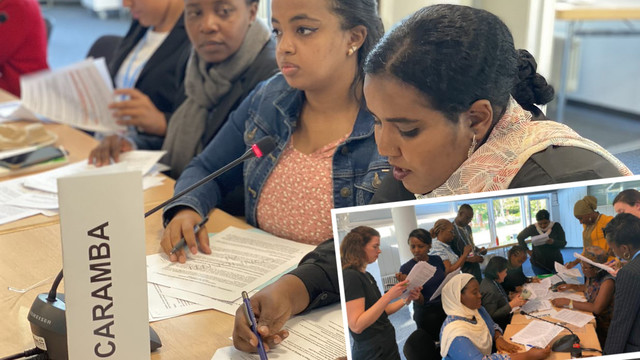Risky business: assessing potential impacts of REDD+ in Nepal
Nepal has begun to assess the potential harm and benefits of the compensation scheme for protecting forests.


Mountains, forests and rice paddies in Nepal (Photo: Copyright Sajal Sthapit)
The recently released IPCC report only serves to remind us that our duty to humankind demands a greater sense of urgency. But any policy response can bring risks to people or the environment, and the costs of dealing with the consequences can be far greater than avoiding them.
Forest nations should take note as they prepare to engage with REDD+, a scheme being negotiated at the UN climate change talks to financially reward countries for reducing greenhouse gases from deforestation and forest degradation.
Take Nepal. Its forests provide livelihoods for rural people and habitats for wild species. They help regulate river flow, and offer options to communities as they adapt to the changing climate. So engaging with REDD+ could offer multiple benefits to communities, landscapes and economies aside from financial reward.
But sceptics in Nepal are increasingly asking critical questions about how REDD+ will unfold.
How and to what extent will communities and households involved in forest management benefit? How will food security be affected? How will REDD+ involve and affect indigenous people, women and other marginalised groups? Will natural forests be converted to monoculture plantations? Will corruption become more prevalent?
It’s a good thing, then, that in September Nepal started a Strategic Environmental and Social Assessment (SESA), a way to identify potential harm to be tackled and benefits to be enhanced. A SESA is a requirement for accessing financial support through the Forest Carbon Partnership Facility’s Readiness Fund to prepare for REDD+.
Important lessons are emerging:
- Social and environmental risks can only be identified if the planned strategies or interventions are known. But Nepal does not yet have a national REDD+ strategy. So in effect, the cart is before the horse. The current SESA exercise can only be considered as preliminary until a national REDD+ strategy has been developed and screened.
- If Nepal integrated the two processes it could ensure the REDD+ strategy includes activities to reduce risks the SESA identifies.
- Levels of knowledge about REDD+ and SESA remain low among many groups in Nepal, leading to misunderstandings and false expectations. This is not a criticism, just a reality
- The complexities and uncertainties of REDD+, and diversity of actors and their perspectives mean that REDD+ strategy development and SESA should not be rushed. What matters most is sufficient dialogue to understand perspectives and resolve differences
- The concerns already felt by women, indigenous peoples and marginalised communities suggest an urgent need for grievance mechanisms that are accessible and accountable.
LIMITS TO SESA
The feasibility of REDD+ depends on more than just identififying risks and ways to safeguard against them. There are also the complex tasks of carbon accounting - how much climate change does a patch of forest prevent? – and establishing mechanisms to receive and disburse international finance well.
Meanwhile, the economic feasibility of REDD+ remains unknown. It will vary among Nepal's forest types and ownership. The different drivers of deforestation will require differing levels of compensation. Then there are the costs of implementing REDD+ and uncertainties in the price of carbon credits to consider.
REDD+ feasibility also depends on the resolution of policy conflicts and the strengthening of legal frameworks and institutions. As such, a SESA can provide inputs to understand, but not solely determine, whether REDD+ will work. It will also help plan for the social and environmental impacts of REDD+.
Most importantly, the SESA in Nepal requires ongoing awareness-raising, dialogue and the development of ways to address grievances. Without these, Nepal may inadvertently create more risks to deal with at a later stage.
Simon Milledge leads the Forest Team at IIED (simon.milledge@iied.org). This post was first published by Reuters AlertNet.
On 9-10 April, IIED will host a meeting on the future direction of REDD+. You can follow it here and @IIED.



